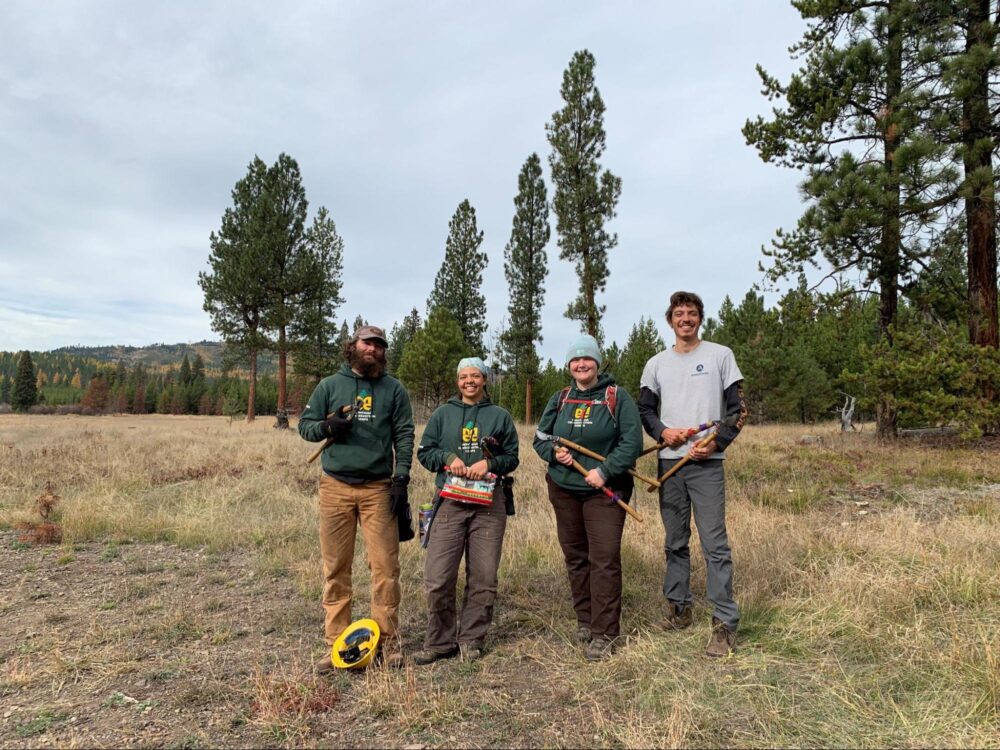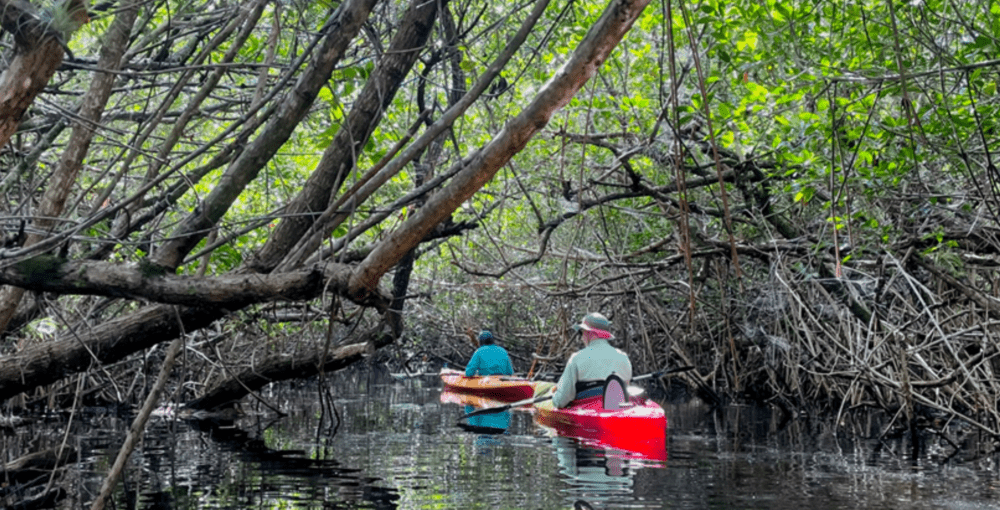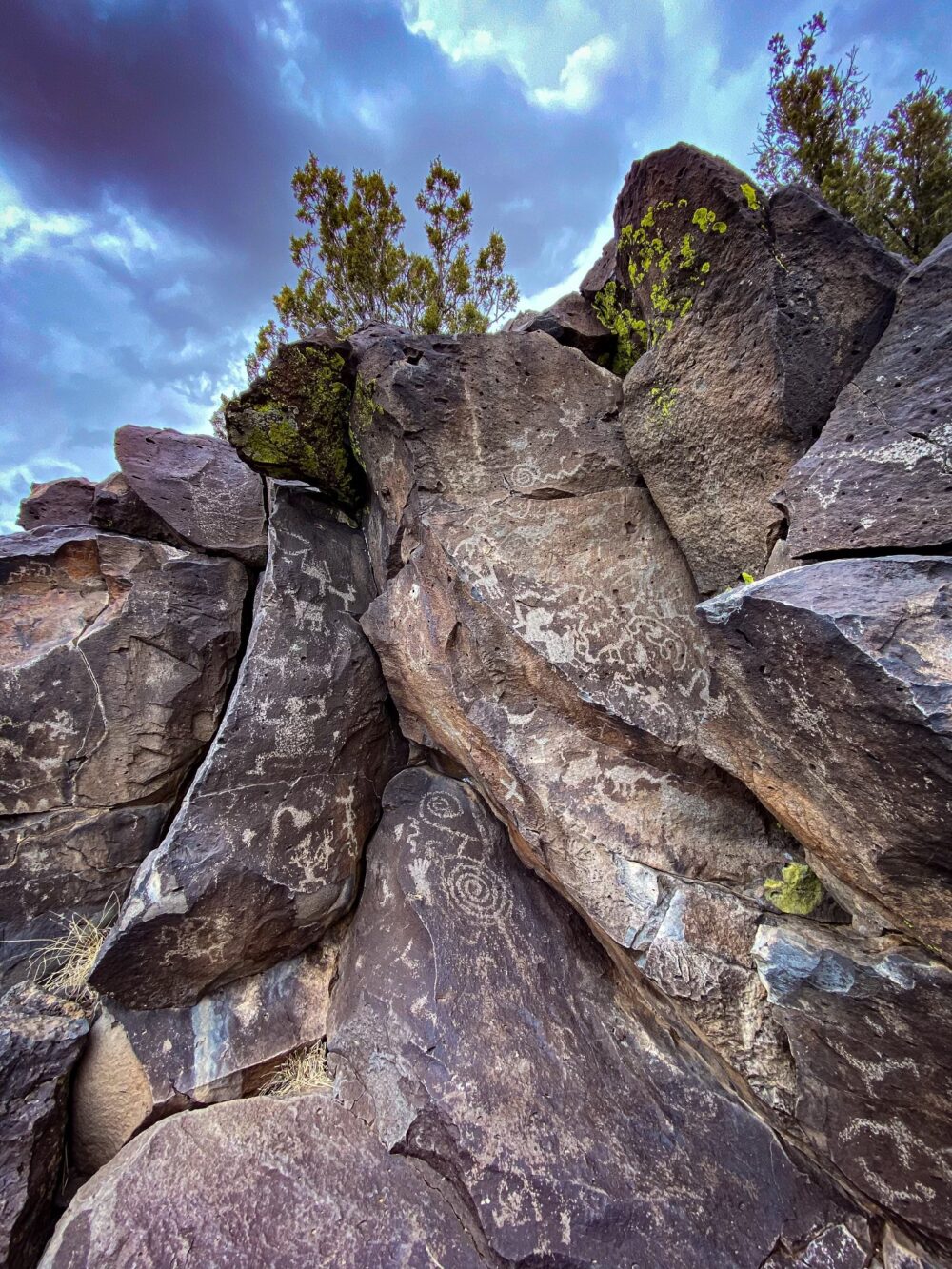We have much more to do and your continued support is needed now more than ever.
Six Tips For Photographing Hummingbirds
Some of the same qualities that make hummingbirds the unique, animated creatures that we love can also make them a challenge to photograph. Here’s some tips that may help you on your quest for great hummingbird photos:
Offer Up Some Nourishment
Bringing the hummingbirds to you will create plenty of photo opportunities. Attract them to your yard by setting up a feeder or putting in flowering plants. Red, pink, and orange blossoms with a tubular shape — like trumpet creeper and columbine — are especially appealing to hummingbirds.

Be Still. Be Patient.
Hummingbirds are skittish around motion. Try to minimize your movements and if you accidentally spook the hummingbird, just stay still and wait for a couple minutes. It will likely be tempted by the food and come zipping back for more.
Observe First
Watching hummingbirds’ behavior can help you better predict where to aim the camera and when to snap the picture. Typically, hummingbirds will alternate sipping and hovering next to the feeder or flower for a few cycles. So, if you want to get a photo of the hummingbird feeding, you can be prepared to snap a picture after it hovers by the food source for a couple seconds.
Check your background ahead of time
Go out and frame up a couple shots as if the hummingbird was there, making sure the flower, feeder, or perch is in focus. Now look at the background. Is there anything that could distract from your subject — such as bright spots or reflections in a window?
Try a variety of positions to see which gives the best background for your photos.

Use a Fast Shutter Speed
To capture a crisp hummingbird photo, you’ll need to use a shutter speed like 1/1000th or 1/2000th of a second. Experiment with different shutter speeds and look at the difference between the photos to determine what works best.
Keep in mind that fast shutter speeds mean less light will reach the sensor or film in your camera. Which brings us to our last tip…
Getting Enough Light
Avoid dark photos by putting your feeder, flowers, or perch in an area that gets a good amount of sunlight. Also, set a wide aperture (smaller f-stop value) to let in more light.
If your camera has the setting available, try shutter priority mode. This lets you choose the shutter speed and the camera will adjust the aperture accordingly.
Do you have any tips for photographing hummingbirds? Share with us by leaving a comment below!
Create a haven for hummingbirds and other critters
in your own backyard and have it designated as an official Certified Wildlife Habitat site.If you certify by May 31st, we’ll plant a tree in your honor!
The photos in this blog were past entries in the annual National Wildlife Photo Contest and were generously donated to NWF. You can enter your own photos or vote for your favorites in this year’s contest by going to www.nwf.org/photocontest.




















